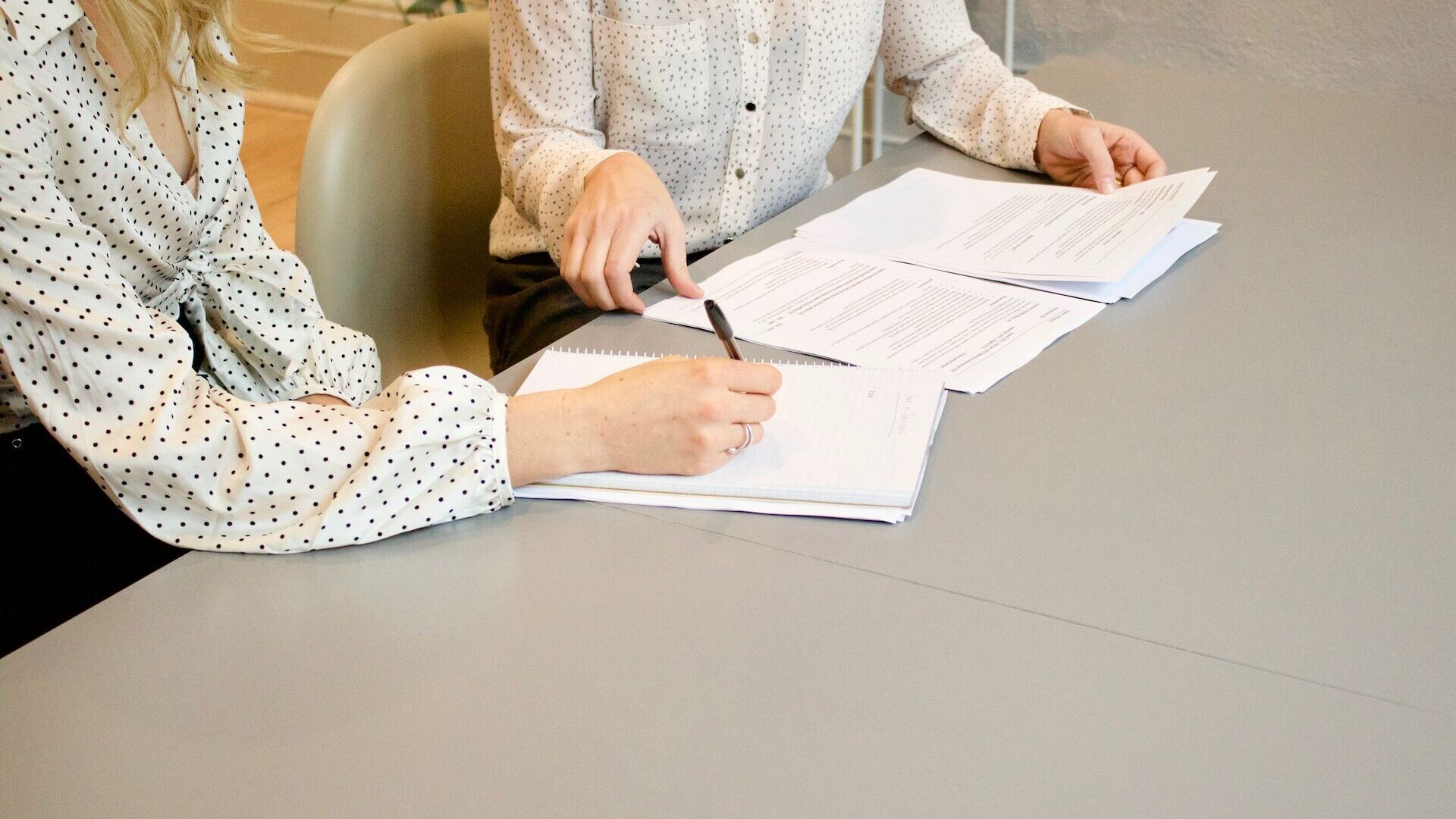
Guide to collaboration
Be smart about your intellectual property
Are you working on a new or innovative service or product? Quite often you won't have all the knowledge you need to do everything yourself. That's when you need to link up with external partners to help you. These could include research groups, other companies, partners who are based abroad, or even governmental organisations. What do you need to look out for if you work with another company or organisation?
Step 1/5 Preparation
Think before you do. Especially when it comes to professional collaborations, this is a good piece of advice. It is also why you need to think very carefully about the reasons for your collaboration. Ask yourself lots of questions, do I want to:
- lower costs?
- shorten the development time?
- gain extra knowledge, insights, know-how and experience?
- gain access to new markets, customers and distribution channels?
- attract investors?
- take advantage of a third-party's brand or reputation?
- start a new company together under a new name?
- etc.
In fact, there is a very long list of questions you can ask yourself before you start collaborating with other people. You also need to keep asking yourself those questions from the development phase right through to the point at which your product or service goes live. Why? The reasons you have for collaborating will also quite often determine the strategy that you then follow.
Step 2/5 Find the right partners
Do you have any partners in mind yet? Take a look at some intellectual property databases such as Espacenet. You might find companies that operate in the same sector as you.
Governmental organisations can also provide information about potential partners, whether they are local, national or international. They can often provide an overview of the right companies or research teams (universities, colleges and research hubs).
Has a potential partner come knocking on your door themselves? Then check to see if there is a match first – would you have ended up with the same partner if they hadn't approached you? Do you want to develop new products together? Or do you want to purchase each other's knowledge?
Step 3/5 Collaboration
Have you already decided who you want to collaborate with? Then the first thing to do is to identify the intellectual property (IP).
- Firstly, make an inventory of your IP, do you already have patents, trademarks, designs,…? In addition, what undocumented knowledge and know-how do you have?
- Check the IP databases to see what information you can find about your partners. Which inventions does your partner have on their name? Which trademarks have they already registered?
- Take a look at how your product differs from other products.
- Decide what you want to share with your partner(s). What information will you openly share? What will you keep secret? What are you willing to share if you receive something in return?
- What is a good way to share this information?
| Tip! Record your idea in i-DEPOT, which will give it a date stamp. That stamp is proof that your creation was in existence on a specific date. This could help you prove that you were the first person to come up with that idea. Attention! It does not, however, protect your idea. |
Step 4/5 Draw up a contract
If you want to protect the collaboration and likewise the future of your business, you will need to take the time to write set everything clearly down. This is particularly the case when it comes to intellectual property .
- Define the purpose and subject of the collaboration.
- Determine who will hold the IP rights. The quicker you do this, the fewer the discussions that will be needed at a later date. Are you looking at a traditional distribution (party A holds the rights, while party B has use of the rights)?
- Determine the value of your IP and the fee for the licence.
- Set out the duration and terms of the collaboration.
- Draw up a confidentiality clause. What constitutes protected knowledge and what is shared knowledge? Are you permitted to share any results? You can choose to include a clause in the contract or have a separate confidentiality agreement.
| Tip! Do you want to be certain you have a watertight contract? Then you should have a meeting with a solicitor or lawyer. |
Step 5/5 Stay on top of the collaboration
Gather all of your contracts and NDAs in one shared, secure location. These agreements should be regularly checked and kept up-to-date so that partners and colleagues are aware of their responsibilities.
Practise open communication. Does either party have any questions about IP or confidentiality? If so, talk about it directly. Don't make the assumption that nobody has any questions or complaints.
You should take minutes in meetings. This way, it is easier to find specific information in the event of any conflicts.